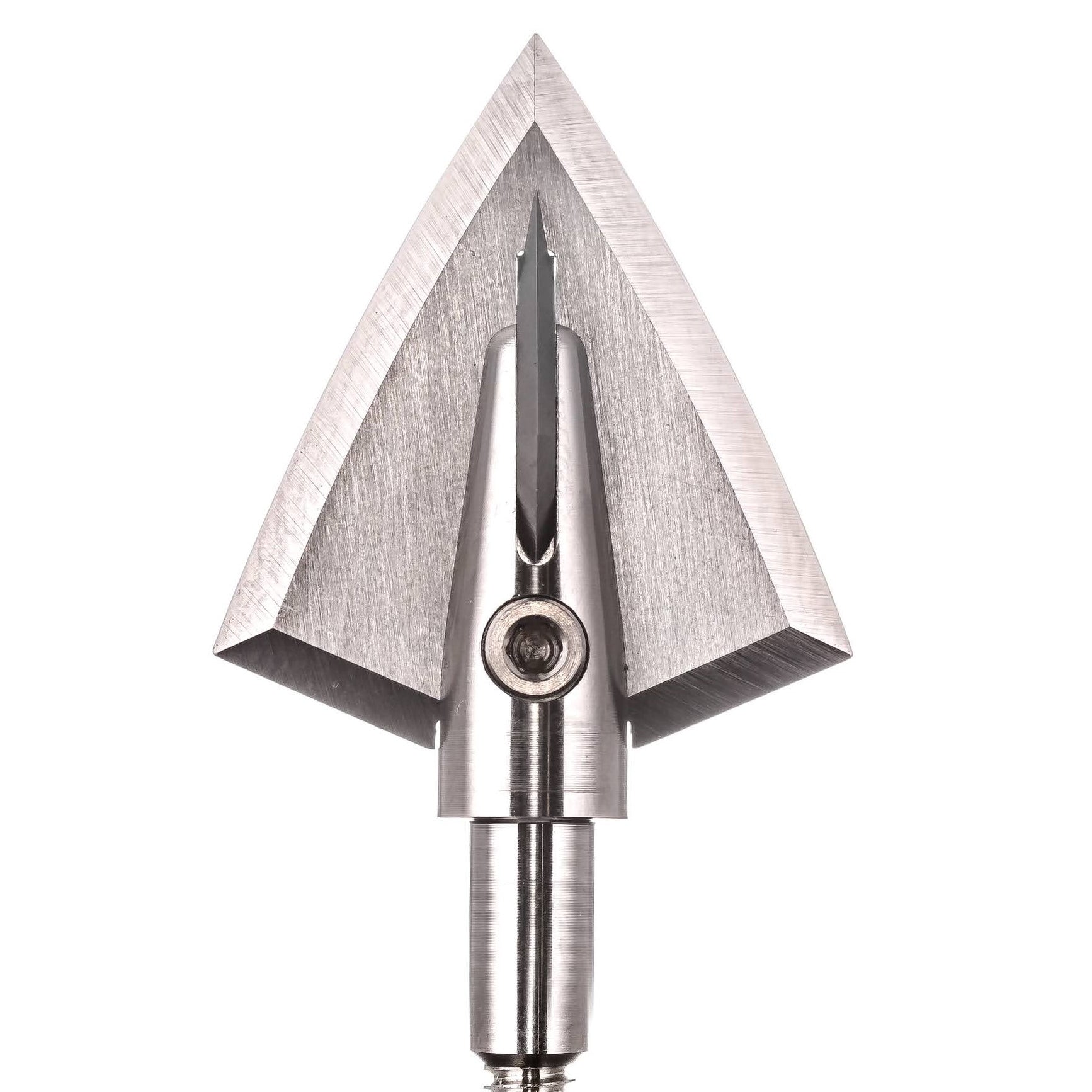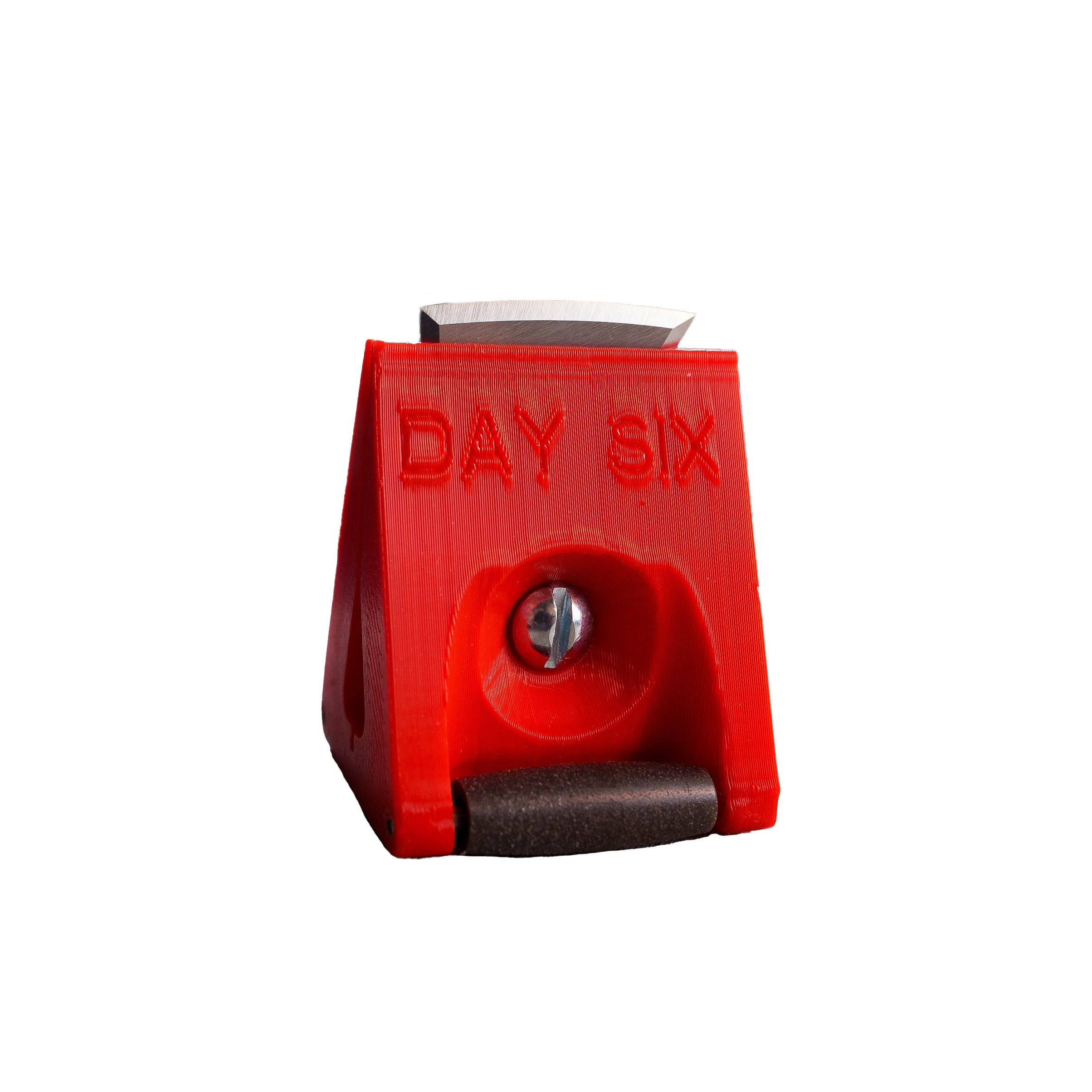To four fletch or not to four fletch, that is the question.....

To four fletch or not to four fletch, that is the question.....
One of the most common questions we receive daily is whether to choose four fletch or three fletch? What are the benefits and advantages of each, and why?
The answer is not a simple yes or no for most, but for experienced hunters it
is....yes. But, before the “grain counters” revolt in horror and declare their dissatisfaction in the lack of detail, graphs, charts and spread sheets with such a simple answer, I’ll expand with the DATA to keep all contingents happy.
The primary job of fletching is to stabilize an arrow as quickly as possible by way
of rotation. For most shooters, the fletching has to work “overtime” to accomplish this task due to poor tune or poor shot execution. So a four fletch arrow will “recover” faster which is an advantage. Should the arrow encounter a deflection on its path to the target, a four fletch will “recover” slightly faster and stabilize the arrow before impact. With the addition of a broadhead, the above issues are only magnified, further reinforcing the benefits of four fletch.
So, why doesn’t everyone shoot for fletch then? Well, there’s always cons to accompany pros.....
Noise is certainly a major consideration for a hunting arrow and a four fletch arrow does generate a higher decibel level than three fletch by way of additional drag. To that end, that additional drag also reduces speed slightly. How much, well our testing only indicates only 1-2 fps....which to some (the grain counting contingent) is a deal breaker. In truth, if a bow is properly tuned and shot execution is correct, the fletchings should just be “along for the ride” as their primary task is correction. If there’s nothing to correct, then they serve no purpose.
So now that the details have been discussed and the “grain counters” are slightly satisfied, why is the answer a simple yes for experienced hunters? The follow up shot....that’s it in a nutshell.
Experienced hunters know that the follow up shot whether because of an initial miss or just an insurance second arrow is a reality and being prepared for that is paramount. So how does a four fletch arrow aid in this? The ability to load a second arrow quickly without having to take your eyes off the animal is more important than all the pros and cons above in my opinion. As a traditional hunter for more than 25 years, the reality is MANY of the animals I’ve killed have come after I’ve sent a “warning” shot down range. Additionally, even with a compound many times a follow up arrow on an animal I knew was hit “perfect” has been the fatal arrow.
To put a bow on this, we are a hunting company. Our philosophies only center
around filling tags consistently and with efficiency. We are not going to make deci-
sions and recommendations based upon “data”, rather real world experience that we love to share to make you, our customers, more successful.
- Bryan Broderick, Day Six Gear













